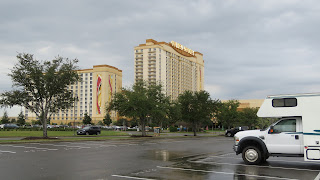In the mid 1800s a large number of children in eastern cities became orphans when their parents died during typhoid, yellow fever and flu epidemics. Others were abandoned due to poverty, illness, or addiction. With nowhere to go the children lived in the streets, forming gangs for protection and selling matches and newspapers to survive. Charities established to help the children developed programs to place the children in foster homes which were often in farming communities. The children traveled by train to their new homes hence the term "orphan train".
The children sent to Louisiana were babies, toddlers, and young children from the New York Foundling Hospital. Since this was a Catholic charity the children were placed in Catholic families even if that was not their birth family's religion. All of the placements were arranged beforehand with families who had been approved by the parish priests. Most of the placements were considered successful although there were cases of children running away. The woman who gave us a tour of the museum is the grandchild of one of the orphan train children. It was something that her grandmother rarely discussed leading the woman to believe that her grandmother's experience was not a happy one.
The museum has photographs and stories of many of the children. Some of the families kept the outfits that the children were wearing when they met their new families. These and other articles that the children brought with them are on display.

The museum is located in a former train depot which is part of Le Vieux Village, a collection of relocated historic buildings. It may be possible to see the interiors of the buildings by asking at the tourist information center which is also on the grounds. Since none of the buildings have ramps we did not ask about visiting them but we did follow the paved walkways to read the interpretive signs at each building.
The Orphan Train Museum is accessible. The buildings in Le Vieux Village are not accessible due to steps and no ramps. The paths are paved and accessible.
























